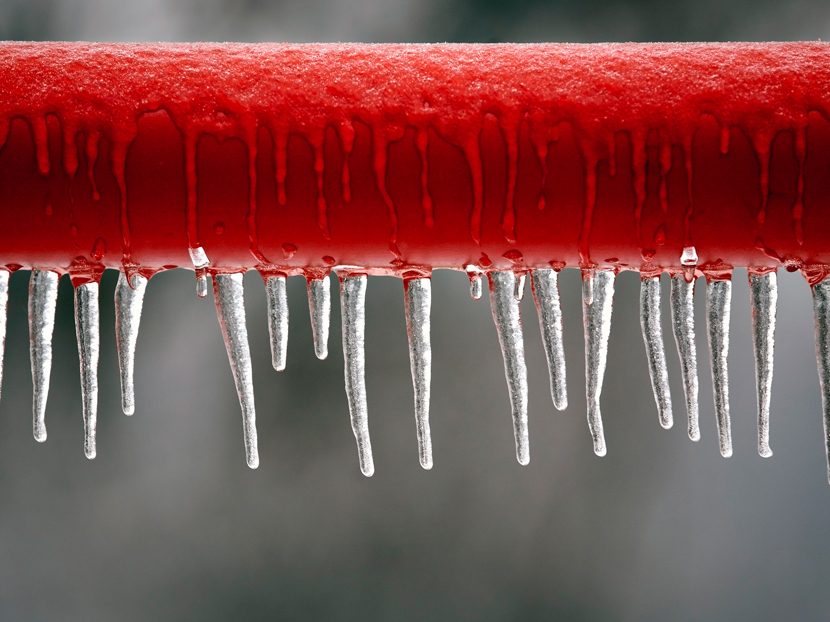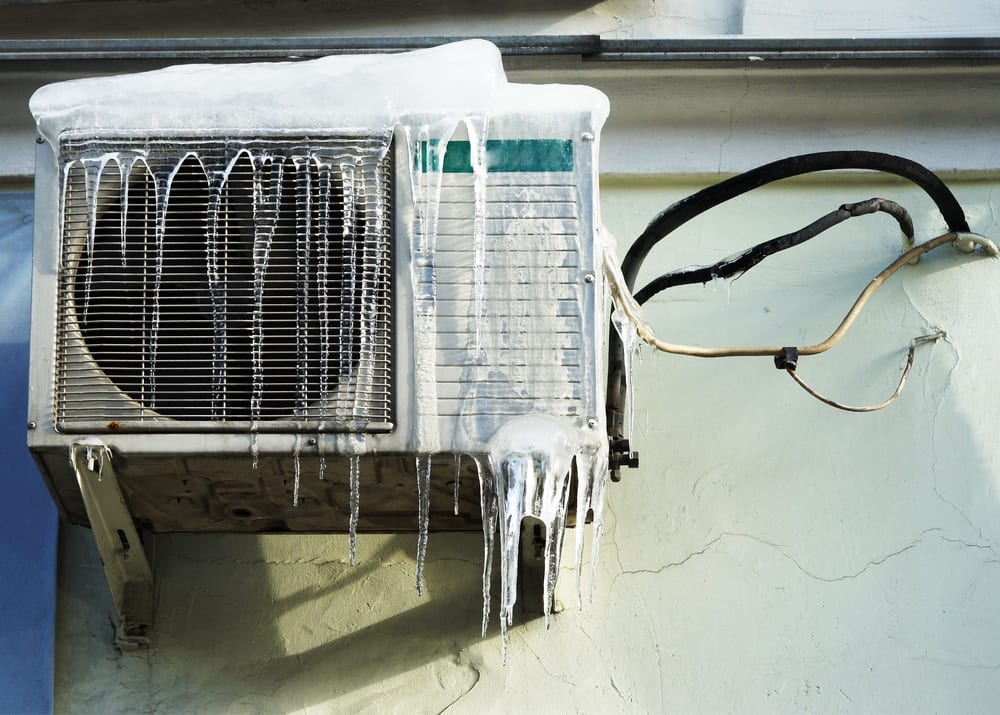Icy Air Conditioner Pipe - Recognizing and Fixing the Issue Promptly
Icy Air Conditioner Pipe - Recognizing and Fixing the Issue Promptly
Blog Article
This post in the next paragraphs about Air Conditioner Frozen? How To Fix your Frozen AC Line is seriously entertaining. Try it and make your own personal results.

Intro
Finding that your air conditioning pipe is iced up can be worrying, specifically during hot summertime when you count on your air conditioning system the most. Recognizing what to do in such a circumstance is essential to prevent additional damage to your cooling system and guarantee your comfort inside.
Comprehending the Causes
Numerous elements can add to the cold of an air conditioning pipeline. Comprehending these reasons can help you attend to the concern effectively.
Lack of Airflow
One usual reason for an icy air conditioner pipe is inadequate airflow. When the airflow over the evaporator coil is limited, it can trigger the coil to go down below freezing temperature level, leading to ice formation on the pipe.
Reduced Refrigerant Levels
Insufficient cooling agent degrees in your a/c system can also lead to an icy pipe. Low refrigerant degrees can create the stress in the system to go down, bring about the cold of wetness on the evaporator coil.
Cold Weather Conditions
In colder environments, freezing temperatures outside can add to the freezing of air conditioning pipelines. If your a/c system is not effectively protected or if there are leaks in the ductwork, cool air can infiltrate the system, causing the pipe to freeze.
Dirty Air Filters
Dirty or clogged air filters can restrict air movement in your AC system, causing various concerns, including an icy pipeline. It's vital to replace or cleanse your air filterings system consistently to guarantee correct air movement and prevent ice buildup.
Signs of a Frozen Air Conditioner Pipe
Acknowledging the signs of an icy a/c pipeline is essential for prompt action.
Decreased Airflow
If you observe a substantial decline in airflow from your vents, it could indicate a frozen pipe.
Ice Buildup on the Pipe
Visible ice accumulation on the cooling agent line or the evaporator coil is a clear indicator of a frozen air conditioning pipe.
Weird Sounds from the Unit
Unusual sounds, such as hissing or bubbling, coming from your air conditioner device can indicate that there's ice present on the pipe.
Immediate Actions to Take
When confronted with a frozen air conditioner pipe, it's vital to act rapidly to prevent further damage to your air conditioning system.
Shutting off the AC
The very first step is to turn off your a/c unit to stop the system from running and intensifying the concern.
Checking for Blockages
Check the area around the indoor device for any obstructions that may be blocking air movement, such as furnishings or curtains.
Thawing the Pipe
You can utilize mild methods like placing towels taken in cozy water around the icy pipe to help thaw it slowly.
Safety nets
Taking safety nets can aid stay clear of future events of an icy AC pipe.
Routine Maintenance Checks
Arrange routine maintenance checks with a professional HVAC technician to ensure that your AC system is running successfully.
Changing Air Filters
Routinely change or cleanse your air filters to stop air movement constraints and preserve optimum performance.
Insulating Exposed Pipes
If your AC pipelines are subjected to cold temperature levels, consider protecting them to avoid freezing throughout winter months.
Seeking Professional Help
If DIY approaches fail to settle the concern or if you're unsure about how to proceed, it's best to seek assistance from a certified HVAC professional.
When DIY Methods Fail
If your efforts to thaw the pipeline or address other issues are unsuccessful, it's time to call in a professional.
Relevance of Hiring a Professional HVAC Technician
A qualified HVAC technician has the knowledge and tools essential to identify and repair problems with your AC system securely and successfully.
Conclusion
Managing an icy air conditioning pipeline can be an irritating experience, yet understanding exactly how to respond can help decrease damages and recover convenience to your home. By comprehending the causes, identifying the indications, and taking timely activity, you can properly attend to the issue and protect against future events.
What to Do If Your AC Line Is Frozen
Make Sure All Supply and Return Air Vents Are Open
If you notice problems with airflow, the first thing you should do is check your supply and return vents. Supply vents distribute clean, conditioned air throughout your home. As this air becomes stale, it’s pulled into the return vent, where it’s reconditioned before being sent back out through the supply vent.
When these vents are closed, air won’t flow in the home. Before examining your AC, check the vents in every room and ensure they’re all open.
Check for a Dirty Air Filter
Another possible cause of limited airflow is a dirty air filter. Your air conditioner’s filters catch elements you don’t want to breathe in, such as dirt and dust. Over time, filters can become clogged, ultimately blocking air from flowing in and out. The lack of airflow can then cause the entire coil to freeze and will completely restrict any air from moving through it. The AC may need to be powered off for one to two days to allow the coil to thaw after replacing the filter to allow proper functioning of the unit. This debris can also accumulate on your AC’s evaporator coil, requiring a more serious repair. In general, air filters should be cleaned regularly (about every two weeks).
Assess Your Outdoor Unit
In addition to checking your AC, assessing the outdoor unit is a good idea. Also known as the condensing unit, it works with your interior unit to release heat outside. An issue with the outdoor unit can result in rising internal temperatures.
Overgrown Shrubs or Clogged Leaves
From leaves and twigs to shrubs and debris, there’s no shortage of outdoor elements that can accumulate around your condensing unit. When these elements get lodged inside the unit, they can block airflow. Fortunately, removing the blockage can solve the problem.
Sounds of a Broken Fan
Shrubs and leaves aren’t the only things that can impede your outdoor unit’s airflow. If the fan is broken, the unit won’t be able to properly get rid of heat — which means the internal temperature won’t go down. First, make sure the fan is spinning. If it is, check for the following sounds of a broken fan:
Buzzing Rattling Screeching Hissing Clicking Preventative Measures
Nobody wants to deal with a frozen AC line. In addition to causing problems with your air conditioner, they require professional repairs. On the bright side, there are preventative measures you can take to help ensure this issue doesn’t arise in the first place.
https://www.coopergreenteam.com/blog/what-to-do-if-ac-line-frozen

I recently found that review about Have a Frozen AC Line? Here’s How to Fix It while looking around the internet. If you enjoyed reading our page plz do not forget to pass it around. Thank you for taking the time to read it.
Book Your Service Report this page